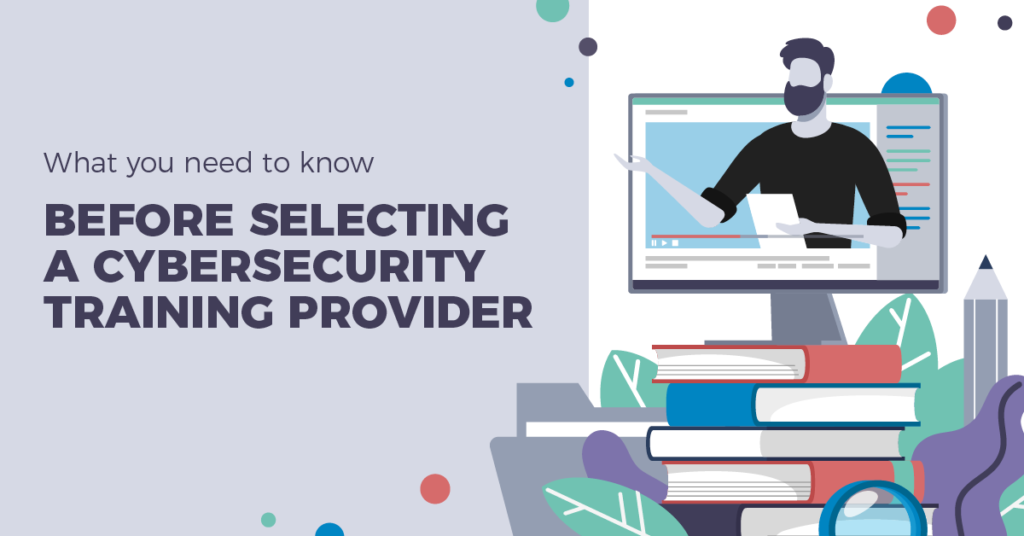N2K research shows that some security leaders believe enterprise cybersecurity training is time-consuming, not always relevant to the company’s needs, and it’s difficult to see an ROI. [(ISC)² can attest to this.] Leaders who make decisions about where to invest their training dollars have a role to play in effectively addressing those concerns. They must be proactive and ask themselves important questions before investing in a training solution to determine the best fit for their teams.
This short guide outlines key considerations when selecting cybersecurity training programs and providers, and will help you see the positive impact of your enterprise training solutions:
- What’s the driver behind training?
- Understanding your workforce
- Questions for training providers
What is the driver behind training?
Whether you’re creating a new training program from scratch or auditing your current solution, it’s essential to identify what your main objective is for training. The following are examples of different goals to consider:
- Increase hiring & improve onboarding. You want to effectively identify and develop new and entry-level talent faster.
- Compliance requirements. You and/or senior leadership are required to meet specific risk and compliance benchmarks.
- New tech integration. You’re adding new software or technology to your tech stack that requires specific skills to integrate, maintain, and secure.
- Changes in the market. You want to get ahead of the competition, anticipate buyer needs, and adapt to technology changes, all to be seen as a market leader.
- Workforce development revamp. You want to uncover skills gaps, implement more targeted training roadmaps, and streamline career advancement.
Note that these goals are not mutually exclusive. For example, by having a cutting-edge workforce you can improve hiring practices and attract top talent.
If you are aiming to revamp your workforce, the first step is to understand its current state. Here are additional factors to consider as you prepare to overhaul your talent development strategy.
Understanding your workforce
- Knowledge/Skills baseline. Assess employee competencies to help you understand current capabilities and identify specific gaps to target during training.
- Current and forthcoming roles. Take stock of current job roles, required skills, and actual activities to discern whether to adjust job descriptions or add new titles.
- Motivations. Involve your employees in the process to understand their career aspirations and the training route that best supports their career goals.
Once you have identified your end goals, if you opt to use a training vendor, here are some key questions to ask before entering into a partnership.
Questions for training providers
- Configurable content. Does the content align with your training objectives? If not, is it flexible enough to adapt to individual or group skills gaps?
- Data. How do they demonstrate measurable improvement in knowledge and performance? What insights are provided beyond attendance and usage data?
- Resources. What kinds of learning tools or resources are included? If considering a live online class, what level of support/engagement can be expected from the instructor?
- Flexibility. How can the training accommodate a decentralized workforce? If considering online learning, are hybrid options available? Is the length of time customizable?
- Ease of implementation. What is the process of implementing their solution? How much of a lift is required from both the provider and client side?
- Partnership. How much support is given by the provider? What is the level of involvement before, during, and following the training engagement?
Training without forethought or purpose is unlikely to succeed. It will fail both you, the investor, and the end users, while these shortcomings also run the risk of undermining future training initiatives. Training initiatives that are clear in their purpose, provide actionable insight, and are with training providers that treat you as an actual partner, has the potential to transform your workforce and, in turn, your company as a whole. If N2K might be a good fit as your next training partner, we would love to connect.


